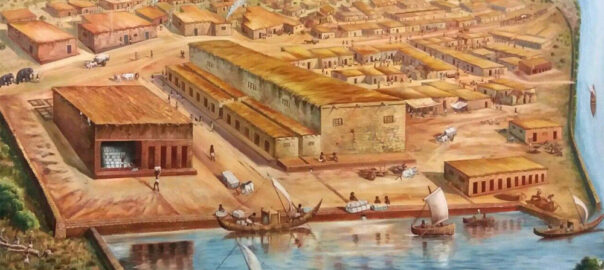
Indus-Sarasvati Civilization:
The Demise of this Great Civilization
IgorMorozoff, Creative Commons
By about 3,900 years ago (1900 BCE), the monsoons had shifted east, causing the Sarasvati to gradually change from a perennial to a seasonal river. This and other challenges caused the Indus civilization to decline.
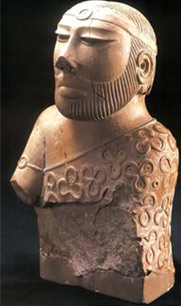
Populations moved upward and northeast along the banks of the Sarasvati river, forming smaller rural settlements and leaving eventual de-urbanization in their wake. Many sites were abandoned altogether or show major decline, while Harappa shows signs of overcrowding. But things are falling apart: drains and sewers are no longer maintained, social and trade networks are failing, finely detailed seals become geometric, simple and devoid of script. Pottery also changes, often towards more local, regional styles.
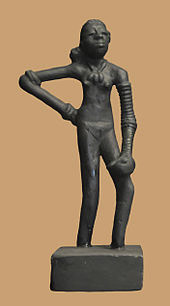
Hoards of buried valuables have been found from the period, indicating an understandable degree of social instability and fear. Additional catastrophes such as earthquakes and excessive deforestation may well have helped to hasten the demise of this great civilization, but a long drought over the whole region, including West Asia, was pivotal.
Waters continued to flow on Sarasvati’s upper floodplain for a while, but she had already ceased being what the Vedas described as “a mighty River flowing from mountain to ocean.” Eventually, as the monsoon rains diminished, she dried up altogether and disappeared into the Thar Desert.
Many scholars believe that severe drought and a decline in trade with Egypt and Mesopotamia caused the collapse of the Indus Civilization. The onset of intensely dry weather did not just impact the Indus-Sarasvati floodplains but also affected Egypt and Mesopotamia, and is now also thought to have caused the end of the Early Bronze Age. The world’s first empire, the Akkadian—which stretched 800 miles from the Persian Gulf to the headwaters of the Euphrates in Turkey—is now thought to have collapsed as a result of peak aridification and climate change around 2200 BCE. Excavations in Syria have found a layer of soil, about three feet deep, from 2200 to 1900 BCE, which is absolutely lifeless, where even the earth worms had died, indicating a period of severe drought.
Curse upon Akkade
The great agricultural tracts produced no grain,
The inundated tracts produced no fish,
The irrigated orchards produced neither wine nor syrup,
The gathered clouds did not rain, the masgurum did not grow.
At that time, one shekel’s worth of oil was only one-half quart,
One shekel’s worth of grain was only one-half quart. . . .
These sold at such prices in the markets of all the cities!
He who slept on the roof, died on the roof,
He who slept in the house, had no burial,
People were flailing at themselves from hunger.
Drought is known to have occurred again at the end of the late Bronze Age and to have been a major contributor to its collapse. This time it lasted ca 300 years, from 1200 to 850 BCE, the beginning of the Iron Age.
External Stories and Videos
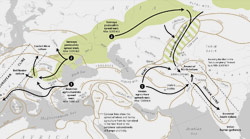
Aryan Migration: Everything You Need to Know About the New Study on Indian Genetics
Rohan Venkataramakrishnan, Scroll.in
The study says some sort of migration did indeed take place into India and that the Indus Valley civilization is key to all South Asian populations.
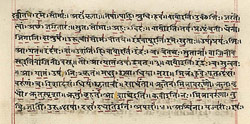
The Rig Veda
Ralph T.H. Griffith, Translator
This is the online version of Ralph T.H. Griffith English 1896 translation of the Rig Veda. Each page is cross-linked with the Sanskrit text.
